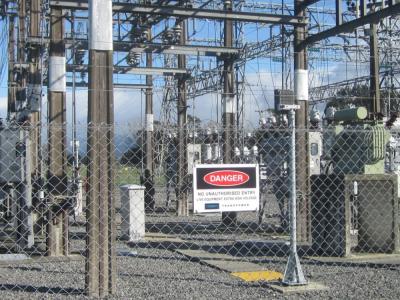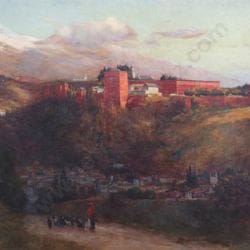Dairy and Wine tourist towns offer close-in substation plug-ins for larger scale power projects in New Zealand
Helensville is often considered the premier heritage town of New Zealand’s North Island. At the end of last year its citizens were shocked and amazed to discover that a massive industrialised solar plant was to be built on the outskirts of the town, and was even planned to make an incursion into the township itself.
Helensville is a prosperous coastal retirement and leisure destination near Auckland and is celebrated for its cafés, boutiques, and art galleries.
Some suspected that Helensville had been selected for the colossal power site because New Zealand’s Labour government with its aspirational best-in-class determination to be on the “right side of history” wanted to use the town to prove that the privileged would assume their fair share of climatic sacrifices.
Then some months later, at the end of August, residents living on the southern boundaries of Greytown began to learn unofficially that a similar scale solar plant was to be built quite literally in their backyard too.
If Helensville is Auckland’s heritage town, then Greytown is the capital, Wellington’s, heritage destination.
The two are at the centre of their district’s wine and dairy areas. They have near identical populations.
Helensville has a population of 2,787. Greytown has 2,420.
So what was the attraction of these townships to the foreign solar power developers?
The incentive was a nearby sub station and the easy flat land and main road access.
This was the common thread. The immense economies provided by these in-place national grid plug-ins cancelled out the elimination of dairy land, and the compromising of heritage value.
Worries about things like glare, electrically-stimulated high temperatures, porosity of shallow water tables, and the chemical composition of the solar panel structures and their disposal are preoccupations of the Helensville community opposition to the power plant.
And now Greytown’s opposition too.
Ratepayers in both heritage townships are daily are learning about hardware such as inverters.
These inverters buffer the electrical currents and make the thrumming noise emitted by these high voltage plants and which at 15 ft high will be dotted among the solar arrays.
Inverted also describes the official location policy of such high voltage plants.
Elsewhere around the world these sprawling plant are in remote and in low productivity areas.
In sparsely populated New Zealand in contrast a pattern is now discernible in which they are installed on highly fertile productive ground hugging tourist-grade townships.
The Greytown international solar developer specifically proclaims the value of “larger scale” projects.
In both the Helensville and the Greytown solar projects the foreign developers have used a town planning compliance opportunity centred on farming.
This means that the usual consents can be by-passed on the simple grounds that these farms will continue to farm.
But this time as solar farms. The type of farming in a legal sense is interpreted in that it is changed in much the same way as if the farmers had switched from cattle and sheep to ostrich farming, for example.




